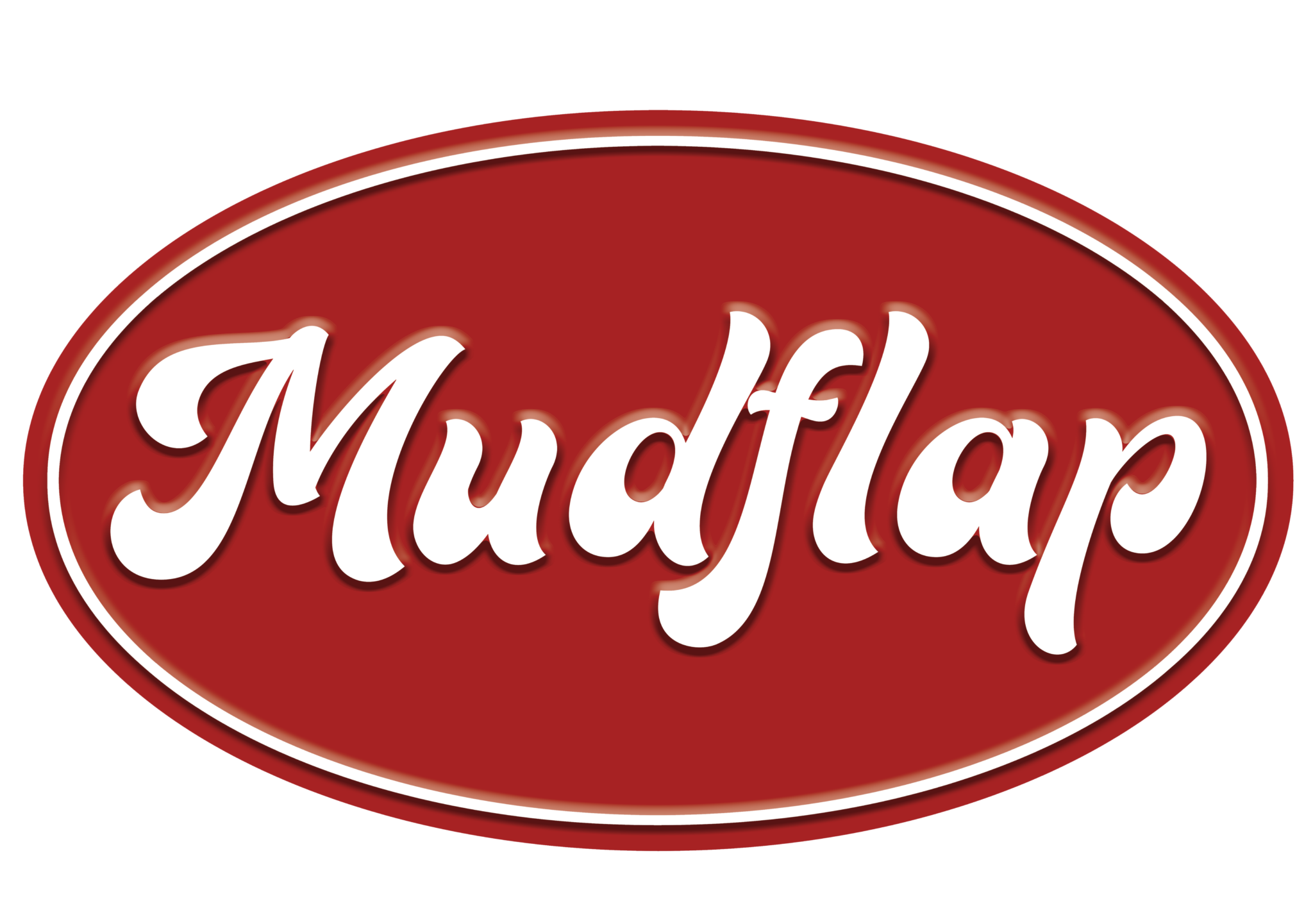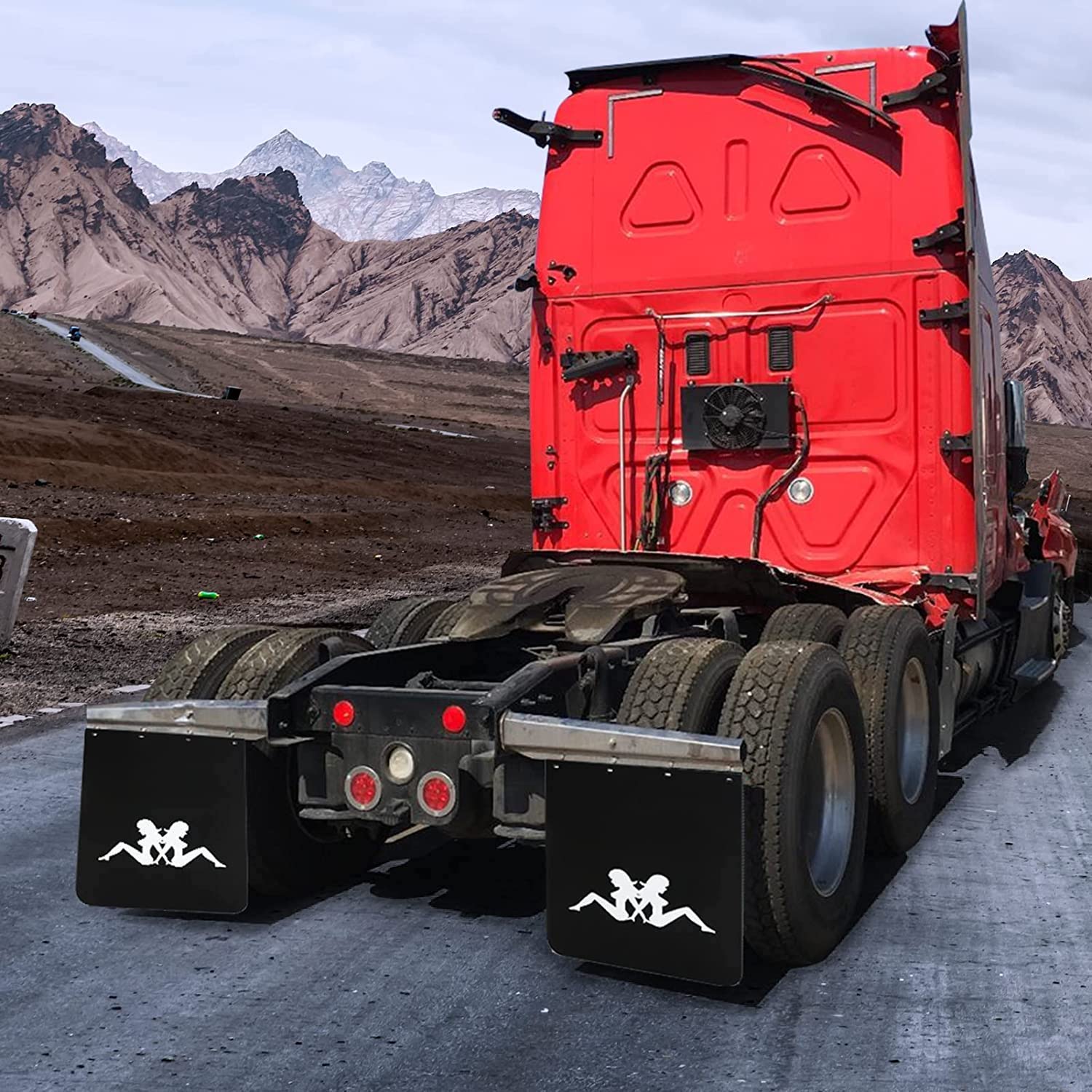Mudflap Mechanics: Understanding The Dynamics Of Mud Prevention

Home | MTS Vietnam | Support for your success – Source mtsvietnam.vn
Editor’s Notes: “Mudflap Mechanics: Understanding The Dynamics Of Mud Prevention” have published today date”.
Mudflaps and mudguards are essential components of any vehicle that travels on unpaved roads or in wet conditions. They serve the critical purpose of preventing mud, debris, and water from being thrown up into the air by the tires, potentially damaging the vehicle or posing a hazard to other road users.
The effectiveness of mudflaps and mudguards depends on several factors, including their size and shape, the material they are made of, and how they are mounted to the vehicle. The optimal design of mudflaps and mudguards varies depending on the specific application, but there are some general principles that apply to all cases.
Key Differences/Key Takeaways:
| Mudflaps | Mudguards | |
|---|---|---|
| Purpose | Prevent mud and debris from being thrown up into the air by the tires. | Prevent mud and debris from being thrown up into the air by the tires and protect the vehicle from damage. |
| Size and Shape | Typically smaller than mudguards and are mounted closer to the tires. | Typically larger than mudflaps and are mounted further away from the tires. |
| Material | Typically made of flexible materials, such as rubber or plastic. | Typically made of more rigid materials, such as metal or fiberglass. |
| Mounting | Mounted to the vehicle’s frame or suspension using bolts or brackets. | Mounted to the vehicle’s body using bolts or brackets. |
Mudflap Mechanics: Understanding The Dynamics Of Mud Prevention FAQs
Mudflap mechanics is an in-depth field of engineering that studies the complex dynamics of mud prevention and containment. This FAQ provides informative answers to common queries about mudflap design, effectiveness, and applications.

Videos – Mudflap Music – Source mudflapmusic.com
Question 1: What is the purpose of mudflaps?
Mudflaps, also known as splash guards, are vital safety devices designed to minimize the dispersion of mud, water, and road debris from the tires of vehicles. They prevent these projections from obscuring the vision of other drivers, reducing the risk of accidents and enhancing visibility in adverse weather conditions.
Question 2: How do mudflaps work?
Mudflaps function by creating a physical barrier behind the wheels. As the tires rotate, they encounter mud, water, and debris. The mudflaps intercept these projections, preventing them from being thrown backward and upward. By effectively capturing and redirecting these materials, mudflaps help maintain a clean and safe driving environment.
Question 3: What are the different types of mudflaps?
There are several types of mudflaps available, each tailored to specific vehicle applications and performance requirements. Common types include rigid mudflaps, flexible mudflaps, and molded mudflaps. Rigid mudflaps are typically made of sturdy materials like steel or aluminum, providing excellent debris protection but less flexibility. Flexible mudflaps, crafted from materials like rubber or plastic, offer greater flexibility and contour to the vehicle’s contours. Molded mudflaps are shaped to fit precisely around the wheelbase, providing optimal coverage and a customized appearance.
Question 4: How to choose the right mudflaps?
Selecting the appropriate mudflaps involves considering several factors such as vehicle type, tire size, and driving conditions. For heavy-duty vehicles or frequent off-roading, rigid mudflaps offer enhanced durability. For light-duty vehicles and everyday driving, flexible or molded mudflaps provide adequate protection while complementing the vehicle’s aesthetics. It’s essential to refer to vehicle specifications and manufacturer recommendations to ensure optimal mudflap performance.
Question 5: Are mudflaps required by law?
Mudflap regulations vary by jurisdiction. In many regions, mudflaps are mandatory for certain vehicle types, such as commercial trucks or vehicles carrying hazardous materials. These regulations aim to minimize road hazards and protect other vehicles from flying debris. It’s advisable to consult local regulations to ensure compliance and avoid potential penalties.
Question 6: How to maintain mudflaps?
Regular maintenance of mudflaps is crucial to ensure their effectiveness and longevity. Periodically inspect mudflaps for any damage, such as cracks, tears, or loose fittings. Clean mudflaps thoroughly to remove accumulated dirt and debris. Retighten any loose bolts or screws to maintain a secure attachment to the vehicle. By adhering to these simple maintenance practices, mudflaps can continue to provide optimal protection and enhance driving safety.
Mudflap mechanics plays a vital role in reducing road hazards and ensuring safe driving conditions. Understanding the dynamics of mud prevention and choosing the appropriate mudflaps for your vehicle can significantly contribute to road safety.
For more in-depth information on mudflap mechanics and related topics, explore our comprehensive article library.
Tips by Mudflap Mechanics: Understanding The Dynamics Of Mud Prevention

Buy CDEFG Mud Flaps for 2021 Tesla Model Y Splash Guards Mudflap Fender – Source www.desertcart.com.pa
The dynamics of mud prevention necessitate a multifaceted approach. While there is no one-size-fits-all solution, there are several essential elements to consider when designing and implementing a comprehensive mud prevention strategy.
Tip 1: Select the appropriate mudflap material. The material of the mudflap plays a crucial role in determining its effectiveness. Choose a material that is durable, resistant to wear, tear, and moisture, and compatible with the specific vehicle and application.
Tip 2: Ensure proper fit and installation. The mudflap must fit snugly against the vehicle’s body and undercarriage to prevent mud and debris from entering the wheel wells. Proper installation also includes securing the mudflaps with the appropriate hardware and tension.
Tip 3: Utilize additional protection measures. In addition to mudflaps, consider using wheel well liners or splash guards to enhance mud protection. These additional measures help to further reduce the amount of mud and debris that reaches the vehicle’s undercarriage and components.
Tip 4: Regularly inspect and maintain your mudflaps. Check the condition of the mudflaps regularly and make repairs or replacements as needed. Regular maintenance ensures that the mudflaps remain effective and continue to provide optimal protection against mud and debris.
Tip 5: Monitor mud accumulation and adjust as necessary. Assess the amount of mud accumulation on the vehicle and make adjustments to the mudflap configuration or protection measures as required. This may involve adjusting the length or width of the mudflaps or adding additional protection measures to address specific areas of concern.
By following these tips, businesses can enhance the effectiveness of their mud prevention strategies, reducing vehicle damage, maintenance costs, and downtime.
Mudflap Mechanics: Understanding The Dynamics Of Mud Prevention
Mudflap mechanics play a crucial role in preventing mud buildup on vehicle undercarriages and reducing road spray, thereby enhancing safety and minimizing environmental impact. Key aspects involved in understanding mudflap mechanics include:
- Aerodynamics: Shape and positioning of mudflaps influence air flow patterns, minimizing mud accumulation on the vehicle’s undercarriage.
- Material Properties: Mudflaps must be durable, flexible, and resistant to wear and tear to withstand harsh road conditions.
- Coverage: Effective mudflaps must provide sufficient coverage to prevent mud from being thrown onto following vehicles.
- Mounting: Proper mounting and adjustment ensure optimal performance by maintaining the mudflaps’ position and coverage.
- Vehicle Speed: The speed of the vehicle impacts the effectiveness of mudflaps, as higher speeds increase the force of mud and water being thrown up.
- Road Conditions: Mudflaps must be designed to handle varying road conditions, such as wet or dry, paved or unpaved, to ensure consistent performance.

Buy Mudflaps Car Mudflap Front Rear Fender Mud Guard Splash Flaps – Source www.desertcart.ae
By understanding these key aspects, engineers can design and implement mudflaps that effectively prevent mud from accumulating on vehicles. This helps to improve road safety, reduce environmental pollution, and enhance vehicle performance. For instance, optimizing mudflap coverage based on vehicle speed and road conditions can minimize spray and improve visibility, while selecting durable materials ensures longevity and resistance to road debris.
Mudflap Mechanics: Understanding The Dynamics Of Mud Prevention
Mudflaps are a critical component of preventing mud and debris from being kicked up by the wheels of a vehicle. By understanding the dynamics of mud prevention, one can design and implement effective mudflap systems that will keep vehicles clean and protect the environment. Mudflaps work by creating a barrier between the wheels and the road surface, which prevents mud and other particles from being thrown into the air. The size and shape of the mudflap, as well as the material it is made from, all play a role in its effectiveness.

Why Do Some Semi-Trucks Have a Woman on Their Mudflaps? – Source www.motorbiscuit.com
In order to design an effective mudflap system, it is important to understand the forces that are acting on the mudflap. These forces include the force of the wind, the force of the mud and debris, and the force of the vehicle’s motion. The mudflap must be strong enough to withstand these forces without breaking or becoming detached from the vehicle. It must also be flexible enough to conform to the shape of the road surface and to allow the wheels to turn without interference.
The material used to make the mudflap is also important. The material must be durable enough to withstand the forces that are acting on it, but it must also be lightweight and flexible. Some of the most common materials used to make mudflaps include rubber, plastic, and metal.
The size and shape of the mudflap are also important factors to consider. The mudflap should be large enough to cover the entire wheel, but it should not be so large that it interferes with the vehicle’s turning radius. The shape of the mudflap should be designed to deflect mud and debris away from the vehicle.
By understanding the dynamics of mud prevention, one can design and implement effective mudflap systems that will keep vehicles clean and protect the environment.
| Mudflap Size | Mudflap Shape | Mudflap Material | |
|---|---|---|---|
| Small | Inadequate coverage of the wheel | Ineffective in preventing mud and debris from being thrown into the air | Lightweight but less durable |
| Large | Effective in preventing mud and debris from being thrown into the air | May interfere with the vehicle’s turning radius | Durable but heavier |
| Rectangular | Provides basic protection | Simple to manufacture | Less effective in deflecting mud and debris |
| Contoured | Conforms to the shape of the road surface | More effective in deflecting mud and debris | More complex to manufacture |
| Rubber | Durable and flexible | Lightweight and inexpensive | Can be damaged by sharp objects |
| Plastic | Lightweight and flexible | Resistant to damage from sharp objects | Can become brittle in cold weather |
| Metal | Durable and strong | Heavy and expensive | Can rust |